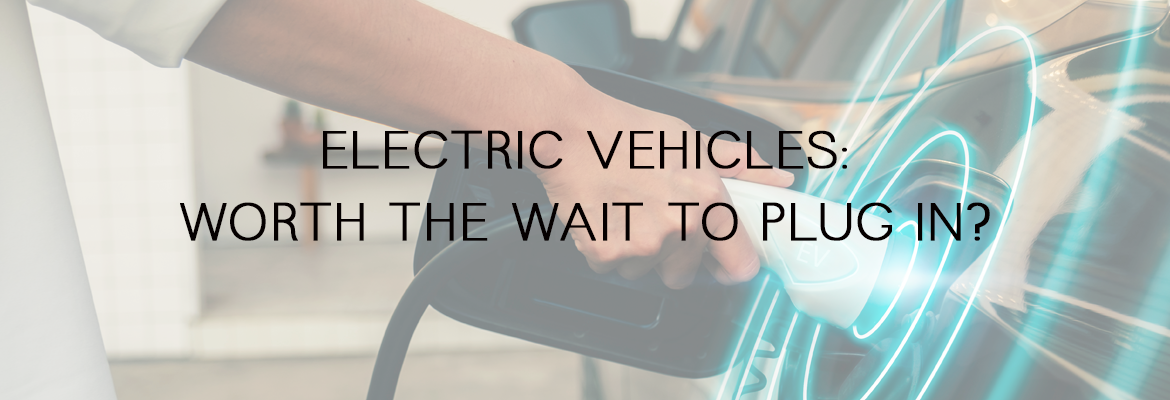
Energy Insider – 4th Quarter 2022
EVs (Electric Vehicles) are becoming more popular by the day; however, order lead times continue to lengthen. If you’re planning to purchase an EV, expect to wait months or longer for delivery depending on the make/model you select. We have linked to a few references for wait times:
On the normal afternoon drive, it is no longer a surprise to see a Tesla, Leaf, Prius, or even high-performance electric vehicles traversing our highways. Technology is advancing rapidly, and more industries are using EVs in normal functions. Cities are investing in electric garbage trucks, established companies are starting to utilize EVs for urban delivery services, and counties are reviewing the benefits of electric school buses with the Sumter County School District recently being awarded a $1.2 million EPA Clean School Bus Rebate.
Every facet of our lives is inundated with more electrically charged products. The question then becomes, “When does it make sense for me to transition to an electric vehicle?”
There are typically three reasons for the transition when speaking with members of the public and private sectors. The first reason is financially driven. The ROI (Return on Investment) shows that it is a sound investment in certain scenarios. The second reason is the environment. EVs are seen as a climate-friendly alternative to ICE (Internal Combustion Engines) vehicles and the benefits to the environment are viewed as a good reason to embrace EVs. The third is one of the trailblazers. Some choose early adoption to be at the forefront of technology and study the benefits and drawbacks firsthand. Because the third reason is more of a personal/business preference rather than a business-minded transaction, we would like to expound on the financial and environmental ROIs to be considered for an EV transition.
You may be surprised that with federal tax credits, the purchase of an EV may be less than the advertised sticker price. The federal rebate program can be as high as $7,500 and is available on both used and new EVs. Your dealership and tax accountant can help you determine the accurate credit per vehicle. Crucial factors such as final assembly location, battery capacity, and even vehicle weight play a part in determining the final tax credit amount.
The next consideration is the savings seen per mile driven between an EV and an ICE vehicle. The DOE (Department of Energy) states there is a 4-cent difference per mile between operating a gas-powered car and an EV. This 4-cent difference in favor of the EV may seem insignificant but over the lifetime of the vehicle, an EV is even more economically friendly to own. EVs also have lower maintenance costs. The average maintenance cost over 200,000 miles (about 321,869 km) for an ICE vehicle can be as high as $20,000, while only costing on average $12,000 for EVs. Maintenance costs are where the true ROI resides in your decision-making process for choosing between an ICE vehicle and an EV. Our SECO Energy EV Page has valuable information to help you decide if you should purchase an EV. The website also provides operating cost comparisons for both gas-powered and electric vehicles.
The environmental ROI is still an ongoing question in the minds of people hesitant about the EV industry and its promises. This is where one finger points at another. Some tout that EVs are more beneficial to the environment because they do not consume traditional oil and gasoline/diesel; therefore, they are the better alternative to ICE vehicles. Others question the amount of intense mining required for battery production along with the fuel mix employed to charge the EV continually. Cobalt, graphite, lithium, manganese, copper, and nickel are all metals used in these batteries. According to John Stossel’s New York Post article, the average EV will not reach carbon neutrality until the 60,000-mile mark. In countries with heavy hydro or geothermal-produced electricity, EVs will produce fewer emissions per mile due to lower carbon utilization. Many issues must be researched more fully, but these points are not mutually exclusive. Both can be true at the same time. The fact is that larger vehicles such as planes, buses, large trucks, and heavy equipment operations consume most of the world’s oil. The replacement of these vehicles with electric battery technology has just started in many ways and will continue to develop in the years to come.
The slow deluge of EVs in the market will continue and for some, it is the shiny new advancement in technology that wins the hearts of many; however, for most, it must make financial and/or environmental sense to take the plunge. The federal government has made its pick. It is all in on electric vehicles. Are the tax credits being offered enticing you to transition? What say you? Does the cost analysis make sense for you, or are the environmental aspects of the EV industry the key to your potential transition? As Confucius once said, “The man who asks a question is a fool for a minute, the man who does not ask is a fool for life.”
![]()

JEFF LIGHT
Manager of Key Accounts & Revenue Programs
OFFICE: (352) 569-9787
CELL: (352) 250-2863
jeff.light@secoenergy.com

HANK BOLDUC
Key Accounts Consultant
OFFICE: (352) 569-9789
CELL: (352) 303-3546
hank.bolduc@secoenergy.com

RYON MEYERS
Key Accounts Consultant
OFFICE: (352) 569-9781
CELL: (352) 636-9593
ryon.meyers@secoenergy.com

DUSTIN MERRITT
Key Accounts Consultant
OFFICE: (352) 569-9782
CELL: (352) 303-3183
dustin.merritt@secoenergy.com



